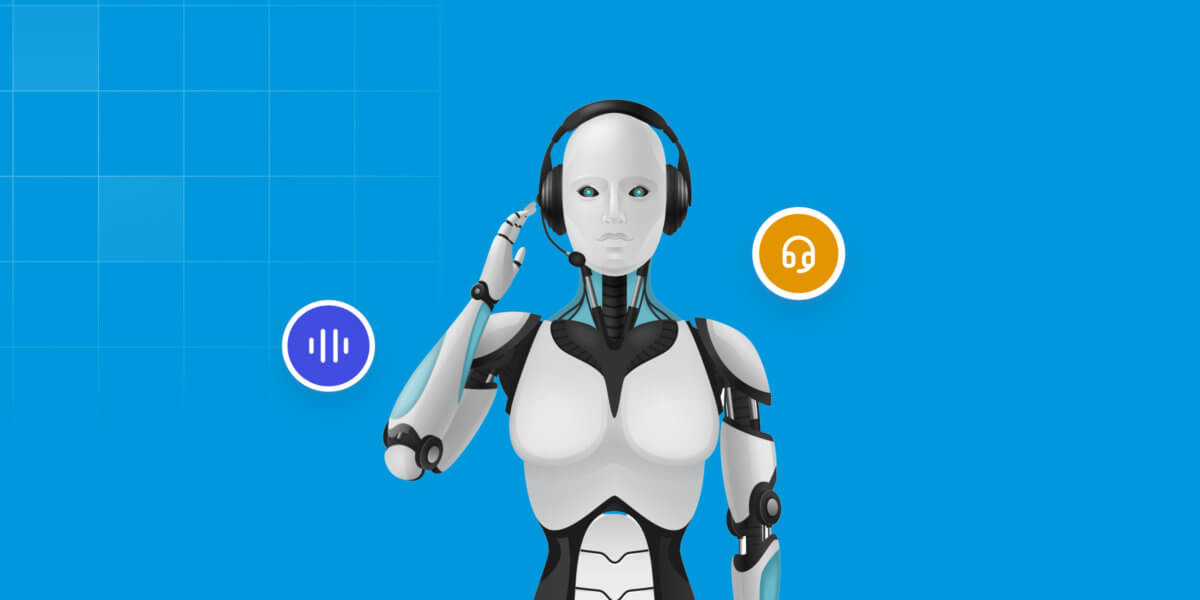Voice Automation: Exploring the Depths of Voice-Driven Automation

Voice Automation: Exploring the Depths of Voice-Driven Automation
Voice automation has emerged as a game-changer in the world of technology. With the rapid advancements in artificial intelligence and natural language processing, voice-enabled devices and applications have become increasingly popular. From virtual assistants like Siri and Alexa to voice-activated smart homes, this voice-activated tool is revolutionizing the way we interact with technology. In this blog post, let’s embark on a comprehensive journey exploring the benefits, challenges, and future possibilities of voice automation.
Think of a space where your voice holds the key to unlocking a multitude of possibilities—we dive into this in depth below!
What Can Voice Automation Offer You?
1. Enhanced User Experience
Voice automation simplifies the user interface, making it more intuitive and user-friendly. Imagine effortlessly navigating your digital world, engaging with technology in a manner that feels as natural as a conversation with a friend.
2. Increased Efficiency
With Voice AI, efficiency takes center stage. Visualize a scenario where mundane tasks, from setting reminders to managing your schedule, are executed with a simple voice command, freeing you from the constraints of manual input.
3. Accessibility
Beyond convenience, voice automation opens up new vistas of accessibility. Envision a world where everyone, regardless of physical abilities, can effortlessly interact with and control technology, fostering a more inclusive digital landscape.
4. Multitasking
The ability to multitask seamlessly is a standout feature of voice automation. Picture a day where you can effortlessly compose emails, manage your schedule, or even catch up on the latest news—all hands-free, allowing you to make the most of your time.
5. Navigating the Challenges
While the benefits of voice automation are impressive, it’s essential to acknowledge and address the challenges associated with this evolving technology.
6. Accuracy and Misinterpretation
Despite significant advancements, voice automation systems are not flawless. The occasional misinterpretation of commands can be frustrating for users. Factors such as accents, background noise, and speech impediments can still pose challenges to achieving optimal accuracy.
But fear not, continuous improvements and refinements in natural language processing algorithms are steadily addressing these challenges, promising an even more refined and accurate user experience in the near future.
7. Limited Contextual Understanding
Despite progress, voice automation systems can struggle with understanding complex or ambiguous commands. Their lack of contextual awareness may lead to misinterpretations or incomplete responses, highlighting the need for ongoing improvements in this area.
Additionally, the industry is actively investing in research and development to enhance contextual understanding. Future iterations of voice automation systems are poised to grasp the nuances of human language more effectively.
Future Possibilities
As we navigate the challenges, let’s also delve into the exciting future possibilities that lie ahead.
1. Integration with IoT
Voice automation can further enhance the Internet of Things (IoT) ecosystem. Envision a world where your voice-activated virtual assistant seamlessly interacts with your smart home devices. Imagine adjusting temperature, lighting, and security settings based on your preferences, all with a simple command.
The synergy between voice automation and IoT promises a level of interconnectedness that can truly redefine the way we experience and control our living spaces.
2. Voice-Enabled Healthcare
Voice AI can play a significant role in healthcare. It can be used to schedule appointments, remind patients to take medication, and provide virtual assistance to the elderly or those with chronic illnesses.
3. Personalised Learning
Voice AI can transform the way we learn. Interactive voice-based tutoring systems can adapt to individual learning styles and provide personalized feedback, making education more engaging and effective.
Furthermore, voice automation has the potential to revolutionize various aspects of our lives, from how we interact with technology to how we receive healthcare and education. While there are challenges to overcome, the benefits are undeniable. As technology continues to advance, voice automation will become increasingly seamless, intuitive, and integrated into our everyday lives. Embracing this transformative technology will undoubtedly shape the future of human-machine interactions.
If you’d like to have further discussions about this, schedule a demo with us, and we’d be happy to take our conversation forward from there!






